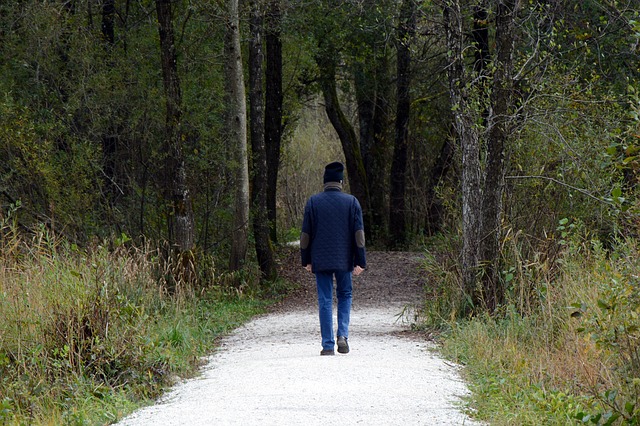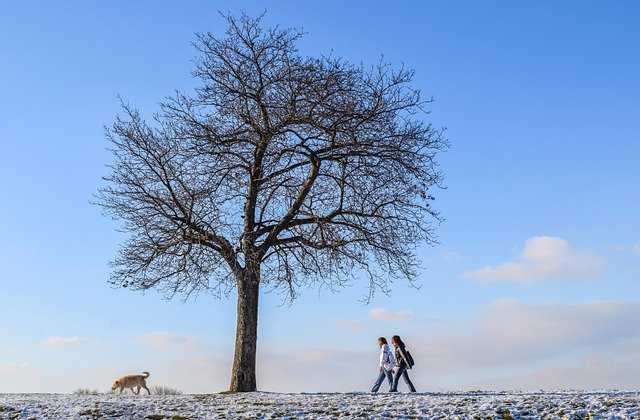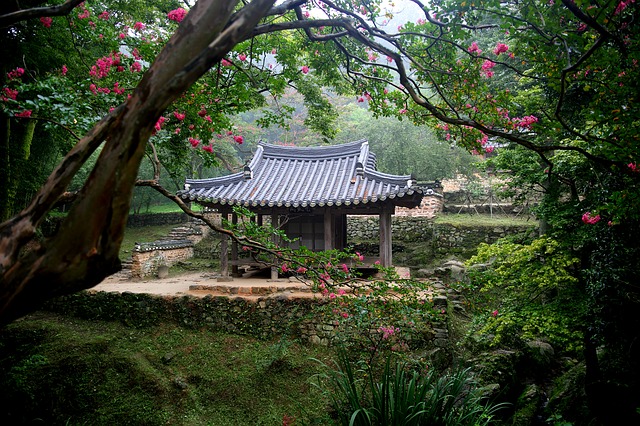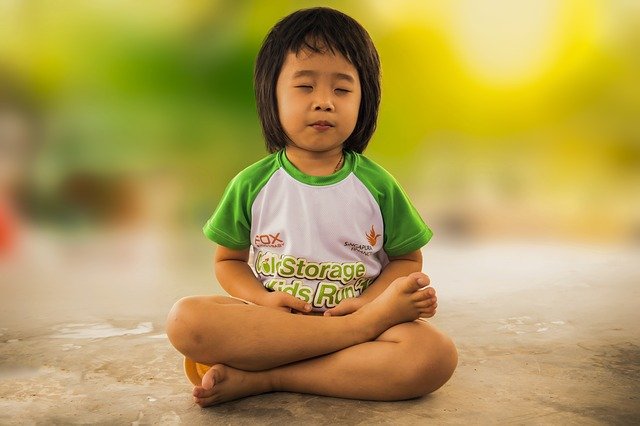Hugh Van Cuylenburg has developed the GEM pathway to happiness which entails three core elements – gratitude, empathy, and mindfulness. In his book, The Resilience Project, he describes the origins of his approach, the impact of practising GEM and its effectiveness in helping people to move from depression about the past or anxiety about the future. He has found that his approach has been effective for school children, elite sportspeople, and businesspeople in small and large organisations. At the heart of his approach, is the tenet that happiness lies in “being” and appreciating what we have, not in “having” and resenting what we do not have. Hugh gives concrete examples of where practising the simple process of a gratitude journal has enabled people to overcome suicidal thoughts and find happiness in their life, their relationships, their business accomplishments and/or their sporting endeavours.
Developing mindfulness practices
Hugh described how his school children in India looked forward to their daily 30-minute meditation each morning at school. In Australia, he had his students take a mindful walk around an oval before school started and observe and record “five things they heard, saw and felt” on their walks each day. He basically encouraged them to pay attention to their senses so that they could live their day more fully, with increased awareness. Hugh highlighted the studies that demonstrate the positive impact of mindfulness practices (e.g., meditation, body scan, mindful breathing) on adolescent stress, depression, and anxiety. These impacts have explained the global development of mindfulness in schools, including the MindUP Program developed by Goldie Hawn and her foundation.
I have written earlier about the benefits of mindfulness meditation for adults, including the development of wisdom, calmness, clarity, and self-awareness. Mindfulness practices can also help to “mind your brain”, an otherwise neglected resource. The challenge is to find a way to practise mindfulness daily in whatever form suits us personally. Regularity, repetition, and practice build capability, provide constant positive reinforcement, and develop “unconscious competence”. Hugh demonstrated through his real-life stories how we become what we focus on – the simple act of a daily gratitude journal leads to gratitude-in-the moment; practising loving-kindness meditation develops kindness and compassionate action; and regular reflection-on-action enables the capacity for reflection-in-action.
Self-sabotage in the pursuit of mindfulness
Despite our best intentions in practising mindfulness, we can easily sabotage our own efforts. Self-sabotage can take many forms, including obsession with the news, overuse of our mobile phones or addiction to social media. We can grab for our phones when we are waiting for something or someone, instead of using the opportunity to develop awareness.
Hugh warns about the negative impacts of social media and its harmful effects on our minds. He explains how social media giants like Facebook, Google, and Twitter use “persuasive technologies” to distract us and capture our attention – because “eyes-on-a-page” readily translates to revenue dollars through advertising. Your likes and dislikes are tracked continuously so that you can be fed advertisements for what you most likely desire and are willing to buy. The benefits of any particular product or service are embellished – you do not buy a car, you buy “envy”, “status”, “luxury” or “visibility”.
Hugh points out that social media and constant, easy access via mobile phones have become integral to the “attention economy” that feeds off our tendency for distractedness – distraction from ourselves, our pressures. and relationships. Disruptive marketing through “pop-ups” and “behavioural retargeting” are designed to pull your attention away to what social media advertisers want you to pay attention to. By engaging endlessly in consuming social media, we are self-sabotaging our mindfulness – our capacity to pay attention on purpose in the present moment with wonder and awe and an openness to what is real and meaningful in our life.
Hugh recommends several strategies to reclaim “what the attention economy has taken from you”:
- Delete Facebook from your phones
- Turn off notifications on your phones
- Rearrange your home screen to display what you want to focus on and delete what you are unhealthily addicted to
- Leave home without your phone (at least occasionally when it is not necessary to have it with you).
Our level of resistance to any or all of these recommendations reflects our level of capture by the psychological manipulation of the attention economy.
Reflection
As we grow in mindfulness, we can access a wide array of benefits that enable us to live more happily and aware. However, if we obsess over the news or social media and become captured by our mobile phones, we will sabotage our efforts to mind our brains, build emotional resilience and achieve tranquility and ease.
__________________________________
Image by Thomas Ulrich from Pixabay
By Ron Passfield – Copyright (Creative Commons license, Attribution–Non Commercial–No Derivatives)
Disclosure: If you purchase a product through this site, I may earn a commission which will help to pay for the site, the associated Meetup group and the resources to support the blog.









